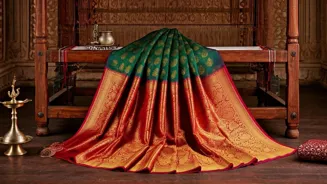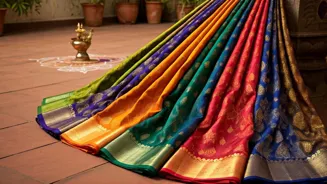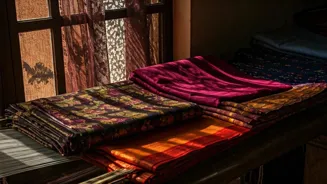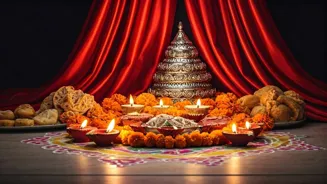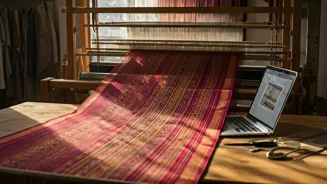A Tapestry of History
The saree's journey traces back to ancient India. Evolving through dynasties and empires, the saree has absorbed influences, resulting in varied weaves
and designs. From the simple cottons worn by commoners to the luxurious silks of royalty, each drape tells a story of its time and place, much like the stories told in our epics.
Regional Variations Abound
India's vastness mirrors in saree diversity. Each state boasts unique styles, weaving techniques, and motifs. From the vibrant Bandhani of Gujarat to the intricate Patola silks, the saree reflects regional identities. These diverse styles highlight India's cultural richness, like the many languages spoken across the nation.
Sarees in Modern Times
The saree continues to captivate. Designers blend traditional craftsmanship with contemporary flair. This includes adapting to modern lifestyles with lighter fabrics and innovative draping styles. Bollywood and social media further propagate the saree's influence, keeping it relevant for today's women.
Draping: Art and Expression
Draping a saree is an art form, with various styles allowing for self-expression. From the classic Nivi drape to regional variations, the way a saree is worn can signify age, occasion, and personal style. Learning this artistry connects wearers with their heritage, much like understanding classical dance.
The Saree's Enduring Appeal
The saree's popularity stems from its versatility, beauty, and cultural significance. Whether worn for a wedding or a casual outing, it celebrates the grace and confidence of women. The saree remains a potent symbol of Indian identity, much like the national anthem which evokes a feeling of unity.
